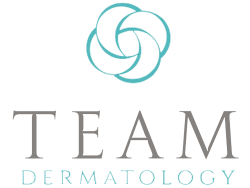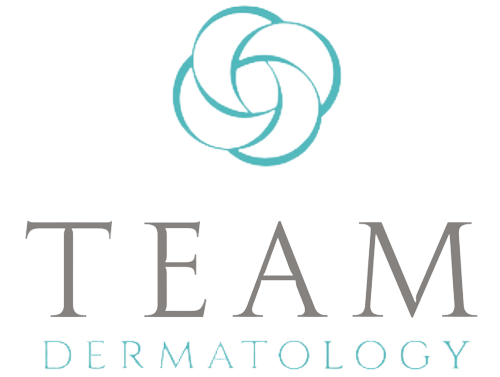Currently, there is no known permanent treatment for sebaceous hyperplasia. However, some medications and home remedies that can reduce the appearance of these bumps. These can also be removed by cosmetic procedures.
Sebaceous glands generate sebum, which coats the skin and protects it from outside elements. Sebaceous hyperplasia is a condition in which an overabundance of oil-producing cells causes the gland to expand and generate a hump on the skin.
Table of Contents
What is Sebaceous Hyperplasia
Sebaceous hyperplasia is a skin condition more likely to impact people who have a light or fair complexion. It usually doesn’t manifest itself until mid-life or later, and both sexes are afflicted equally.
Even though sebaceous hyperplasia is uncommon, some people with a family history of it may get it at an early age, because of the hormones passed down from mother to child where even infants are susceptible to the condition.
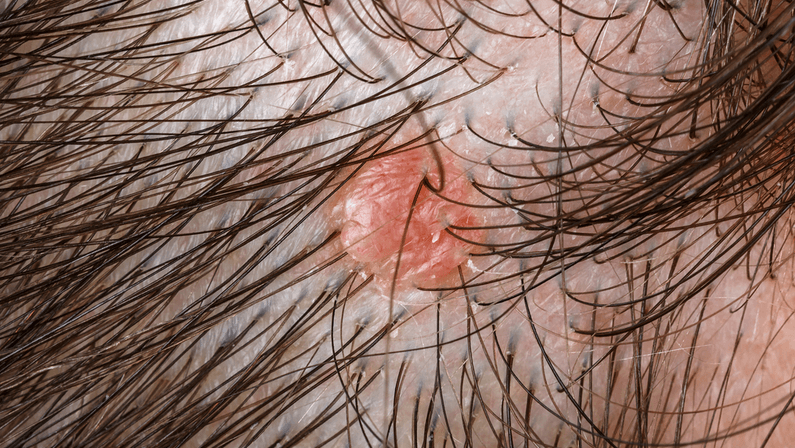
What Causes Sebaceous Hyperplasia
This skin condition is the outcome of enlarged sebaceous glands. Aging is the most prevalent cause, but it can also be caused by a variety of reasons like as shifting hormone levels, increased sun exposure, or even specific genes or drugs.
Sebaceous hyperplasia bumps are harmless and most commonly appear on the forehead and cheeks. Sebaceous glands are present all over the body, therefore bumps can occur anywhere on the skin.
How Does Sebaceous Hyperplasia Look Like?
Certain people may want to have sebaceous hyperplasia removed for cosmetic reasons. A single bump or a cluster of lumps can indicate sebaceous hyperplasia.
Sebaceous Hyperplasia is normally the same color as your skin, however, it can be white or yellow in appearance. These bumps are most commonly seen on the face, forehead, cheeks, and nose.
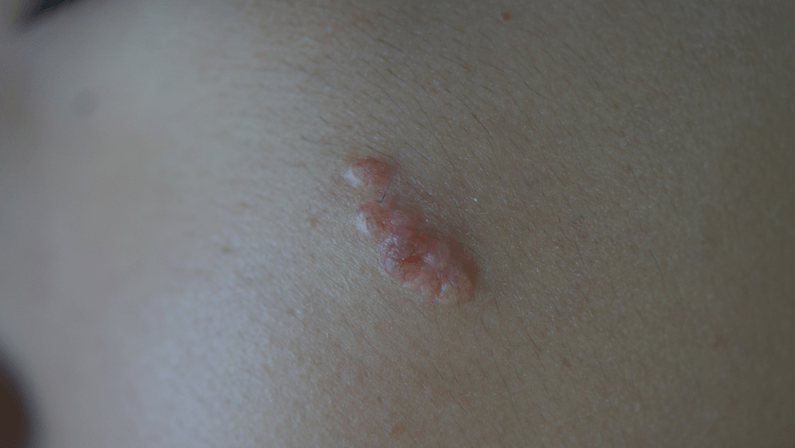
How to Remove Sebaceous Hyperplasia
Sebaceous hyperplasia is not dangerous in the vast majority of cases. If the bumps are unsightly or humiliating to the person, they can be removed.
There is no known permanent treatment for sebaceous hyperplasia. However, some medications and home remedies that can reduce the appearance of these bumps. Removing the bumps can be done by cosmetic procedures.
A healthcare professional can provide a range of removal techniques, and the procedure may take multiple appointments to complete.
What are the Best Treatments for Sebaceous Hyperplasia
The following are some commonly known sebaceous hyperplasia treatments:
- Photodynamic Therapy – A light-absorbing chemical compound is used to treat the skin. This therapy then reduces the size of the sebaceous glands.
- Retinol – When applied to the skin, this type of vitamin A can help to reduce or prevent sebaceous gland obstruction. Over-the-counter retinol with a low concentration is available. Retinol must be administered for two weeks at a time to be effective. Sebaceous hyperplasia frequently returns about a month after the medication is stopped.
- Facial Peels– When it comes to treating sebaceous hyperplasia, chemical peels have been found to be an effective treatment option. However, concentrations must be carefully chosen because they can cause side effects such as burning, stinging, prickling, peeling, and skin irritation if they’re not used correctly.
- Laser Therapy– Several lasers were used to treat hyperplasia. A laser can be used by a specialist to eliminate entrapped sebum from the skin’s surface. Since there are so many lasersin the industry, visiting with your dermatologist and having your skin assessed is the best method to figure out which laser is appropriate for your unique concerns and difficulties.
- Electrocautery– Thermal energy generated by the electrical charge in an electrical cautery needle is used to burn lesions during this procedure. The bump is heated and vaporized by an electrically charged needle. After five to ten days, a scab will form and fall off. Some discoloration may also occur as a result of using this method.
- Cryotherapy– Sebaceous hyperplasia can be treated with cryotherapy, which uses liquid nitrogen to freeze the sebaceous glands until they die. In comparison to electrocautery, cryotherapy is less effective and frequently necessitates multiple treatments before the tumor is completely removed. Some discoloration may also occur if you choose this option.
- Antiandrogen Medications– Higher testosterone levels have been linked to the development of sebaceous hyperplasia. Prescription antiandrogens lower testosterone and are reserved for female patients only as a last resort.
- Surgery – The bump must be surgically removed. This may leave a scar, but the bump will not reappear in the area where it was surgically removed. As a result, surgery is often considered a last resort.
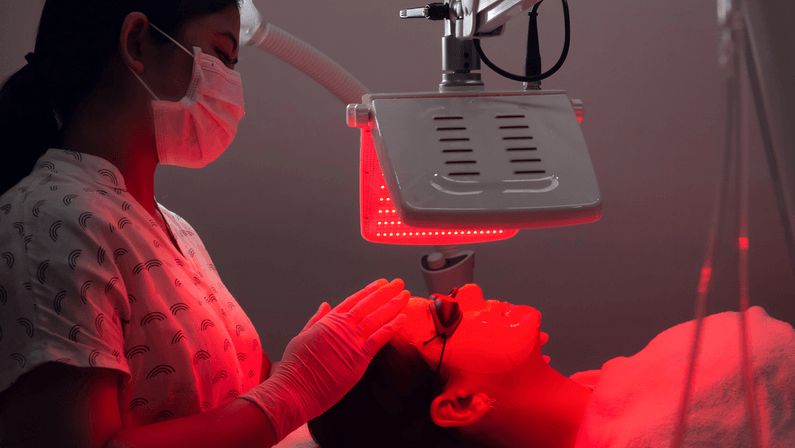
How to Prevent Sebaceous Hyperplasia
Although sebaceous hyperplasia cannot be avoided, it is possible to lower your risk of developing it.
To avoid sebaceous hyperplasia, daily sun protection is essential. Wearing caps and high-SPF sunscreen to protect your head and face is a must when you are out under the heat of the sun.
Using a cleanser with mild doses of salicylic acid or retinol can help keep your sebaceous glands clear.
It is discouraged to scrub the bumps as scrubbing affects only the top layer of your skin. The risk of damaging your skin and triggering other skin issues like dryness and irritation is substantially higher.

Talk To An Expert
It’s always preferable to see a doctor if you see a lump, lesion, or other skin problem. If you suspect that you have sebaceous hyperplasia, this is especially important because tumor-like growths could be mistaken for the lumps.
Experts at Team Dermatology in Memorial and Sugarland, Texas can assist you to decide the best course of therapy for your condition.
